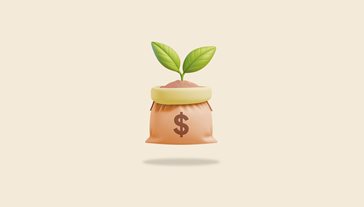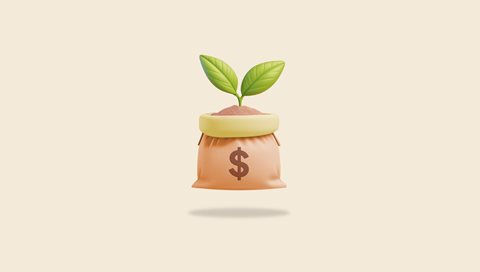

How to calculate super guarantee contributions
Learn how to calculate superannuation guarantee contributions and use our simple calculator to get accurate results.


Growing your family
What happens to super when you take parental leave?
Learn what happens to your super when you go on parental leave, whether super is paid on parental leave, and what the types of parental leave are.


General
Is Rest a SMSF?
Find out whether Rest is a self-managed super fund (SMSF), or something else, like an industry super fund perhaps...
